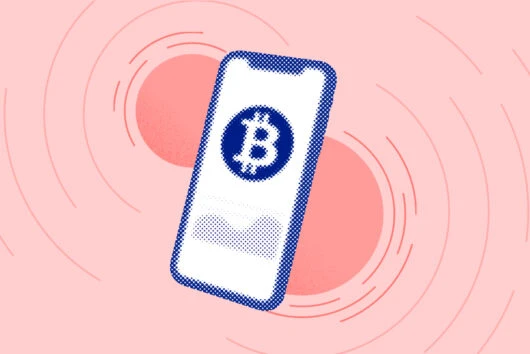What is the Bitcoin halving?

One of the key characteristics of Bitcoin is that only 21 million Bitcoin will ever be created (or ‘mined‘). However, releasing them all at once could cause a number of problems. If they’re released too quickly but demand doesn’t grow, basic economic theory dictates that their value will fall.
The ‘halving’, also known as the ‘halvening’, is a mechanism for maintaining the supply of new Bitcoin at a constant rate that’s somewhat aligned with increasing demand, which its creator Satoshi Nakamoto assumed would grow as it became more well-known.
Satoshi Nakamoto explained in an email: “The fact that new coins are produced means the money supply increases by a planned amount, but this does not necessarily result in inflation. If the supply of money increases at the same rate that the number of people using it increases, prices remain stable. If it does not increase as fast as demand, there will be deflation and early holders of money will see its value increase. Coins have to get initially distributed somehow, and a constant rate seems like the best formula.”
New Bitcoins are created as a reward for miners every time they validate and add a new block of transactions to Bitcoin’s blockchain, the name for the ledger that records Bitcoin transactions. To ensure that this process was sustainable, when Nakamoto was designing Bitcoin they included a rule that the number of Bitcoin rewarded would decrease by 50% every time 210,000 new blocks had been added. This was designed to happen approximately every 4 years.
The initial reward for miners was 50 Bitcoin for each block mined. This was then halved to 25 Bitcoin in 2012, 12.5 Bitcoin in 2016, and then 6.25 Bitcoin in May 2020. This mechanism means supply will continue shrinking at such a pace that all 21 million Bitcoin are not expected to be released until some time around 2140.
 Discover
Discover Help Centre
Help Centre Status
Status Company
Company Careers
Careers Press
Press

